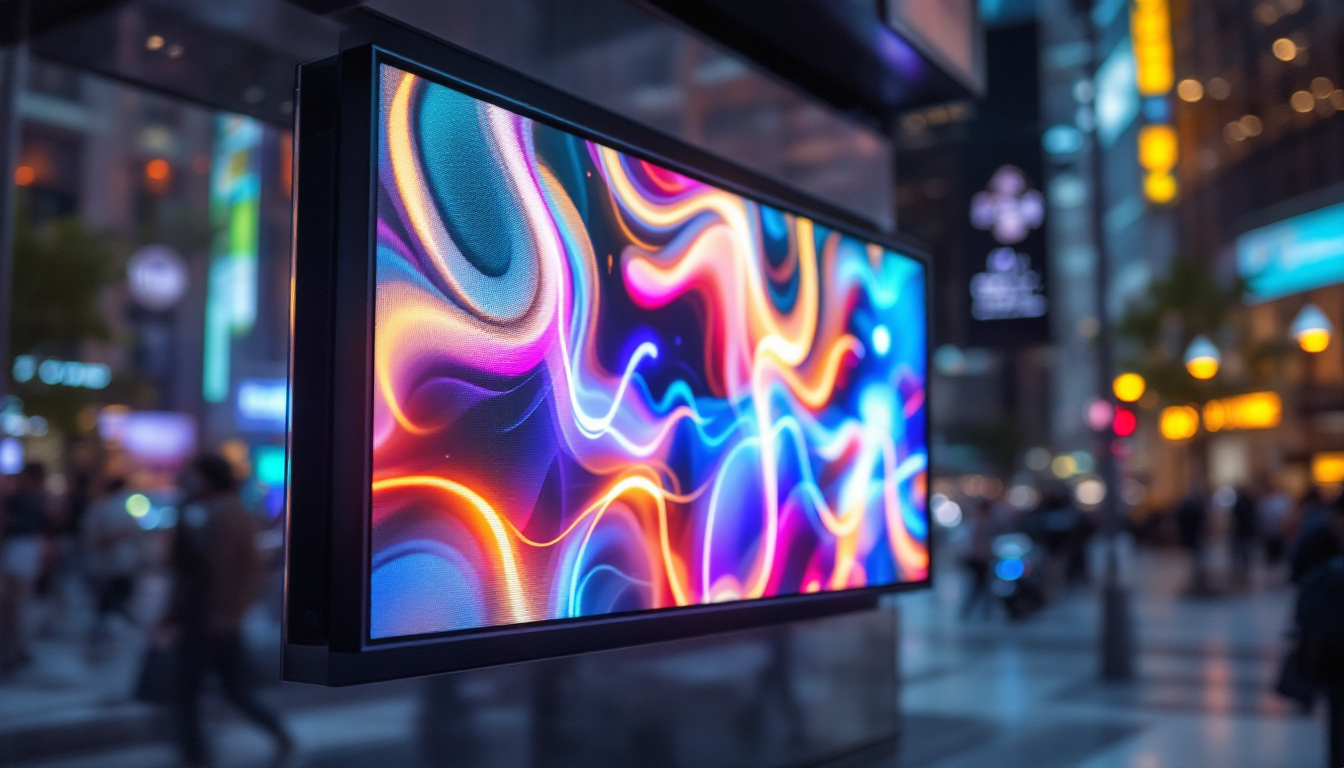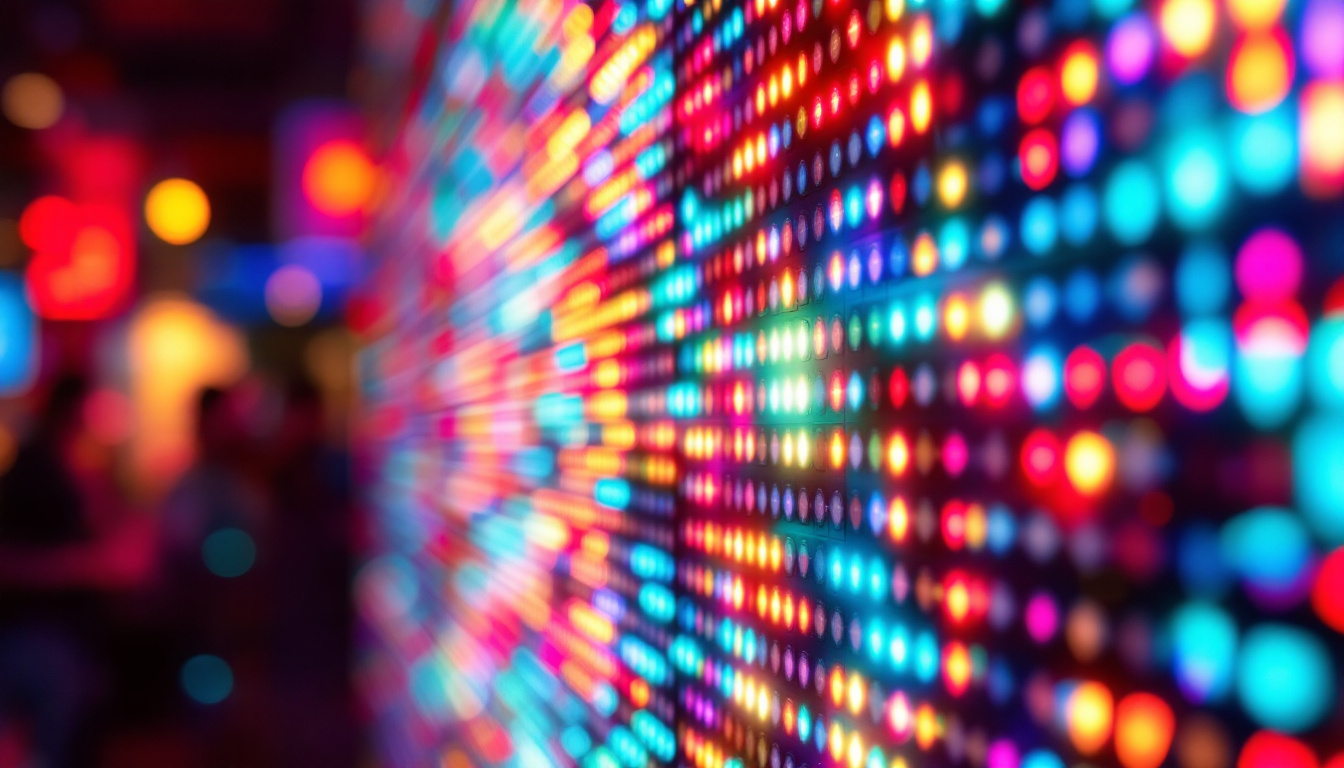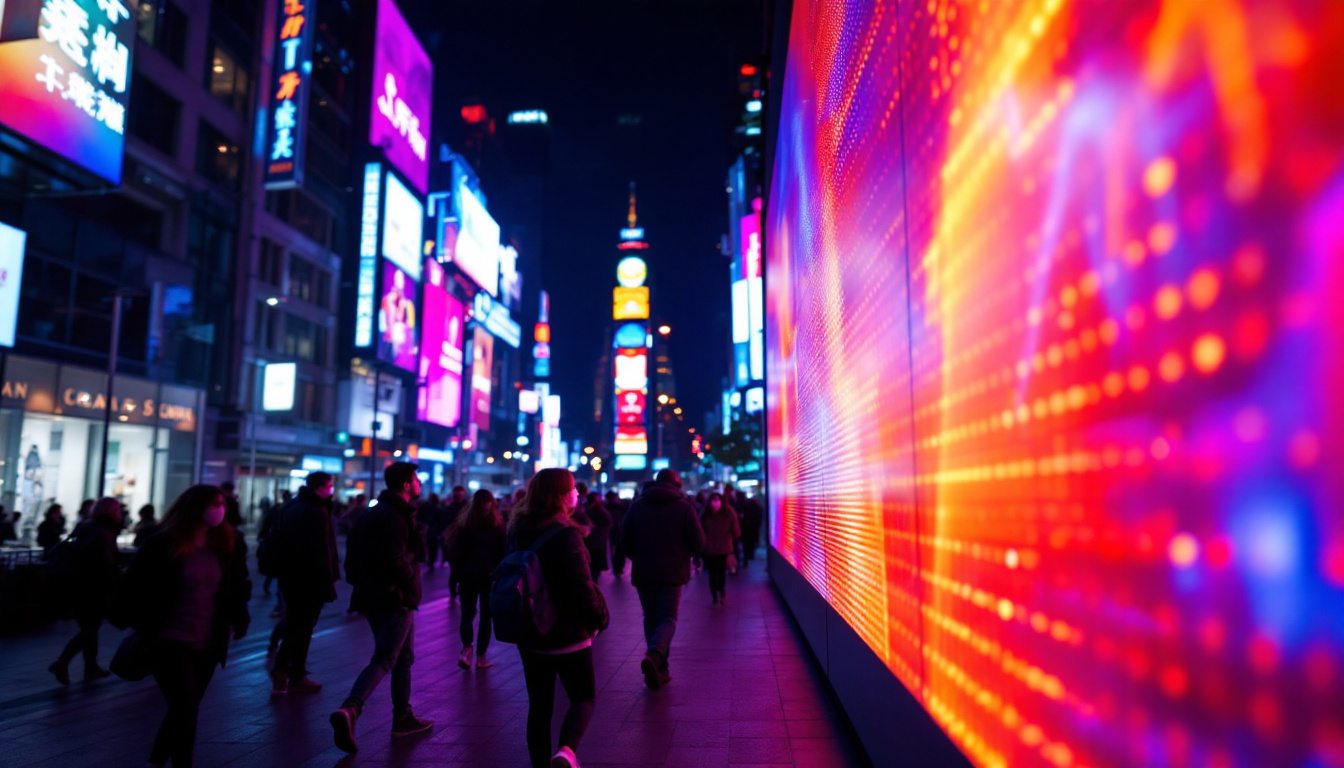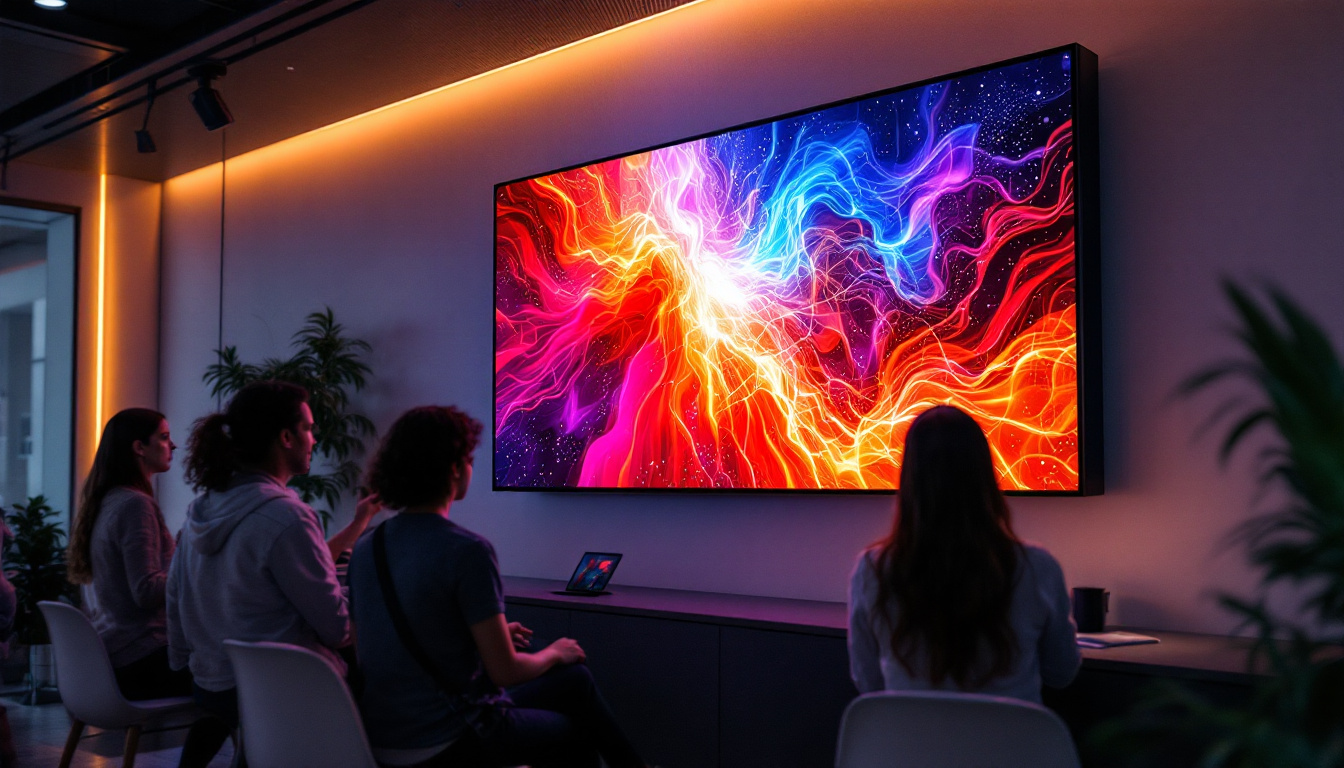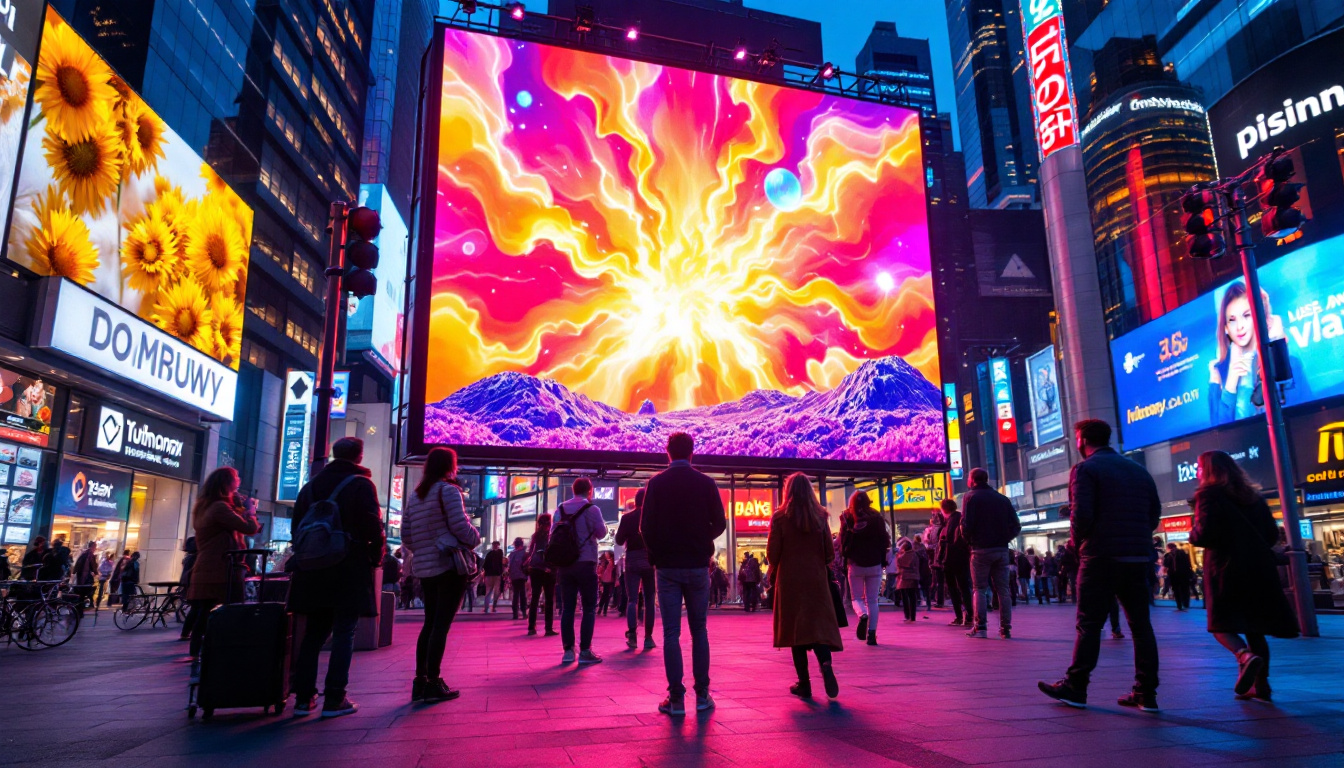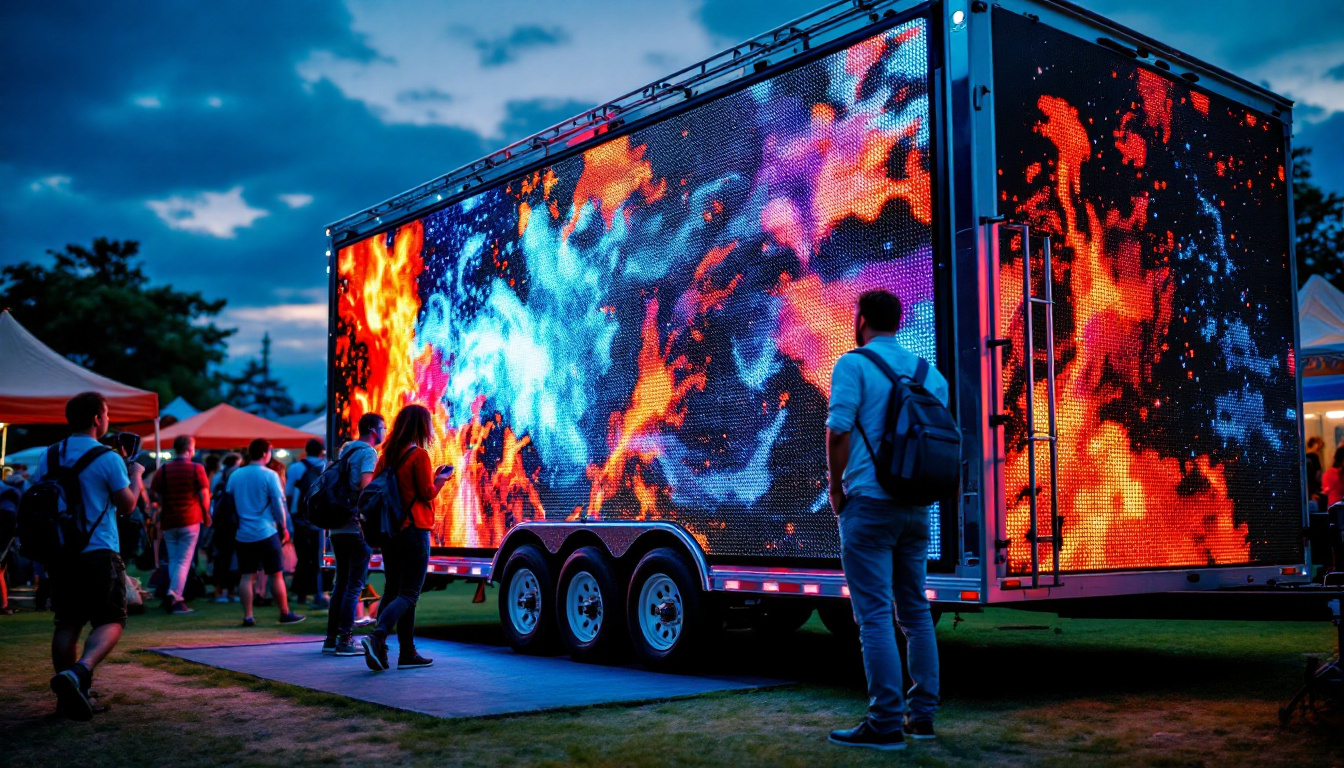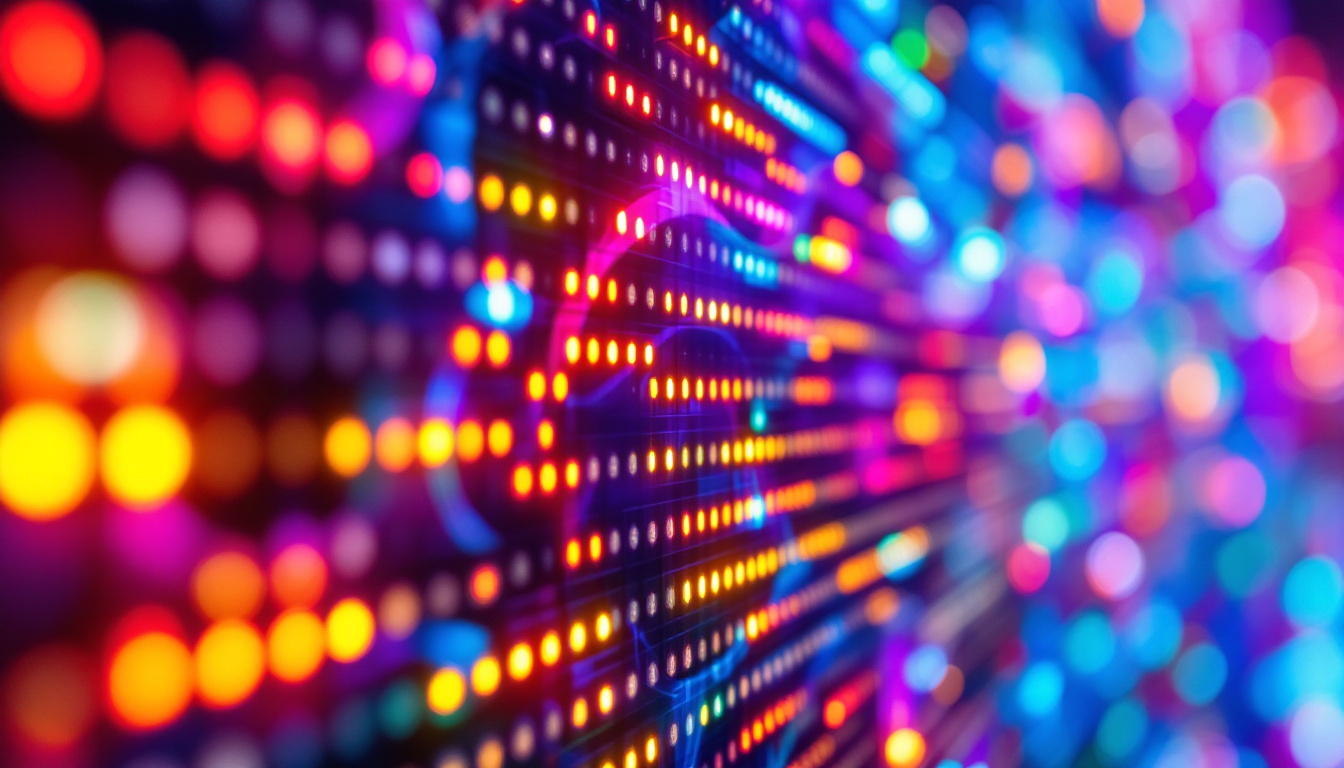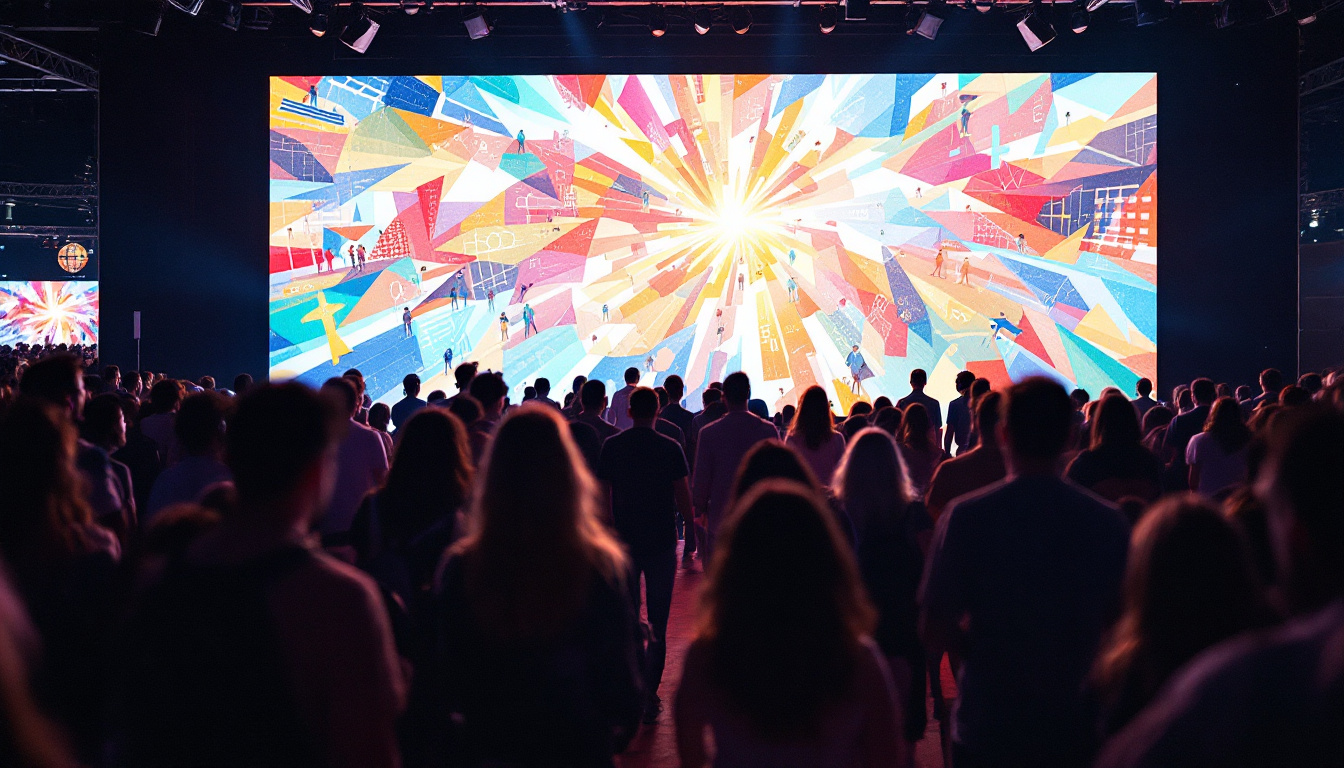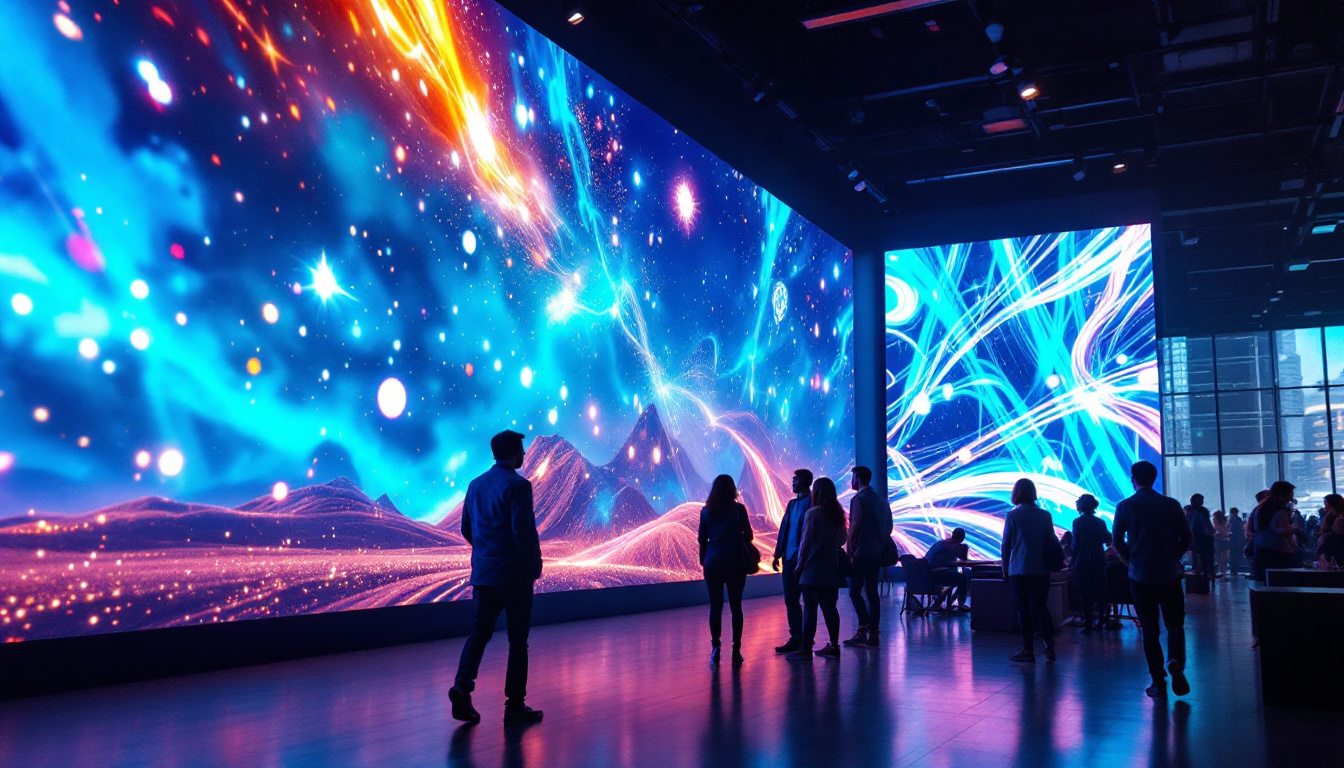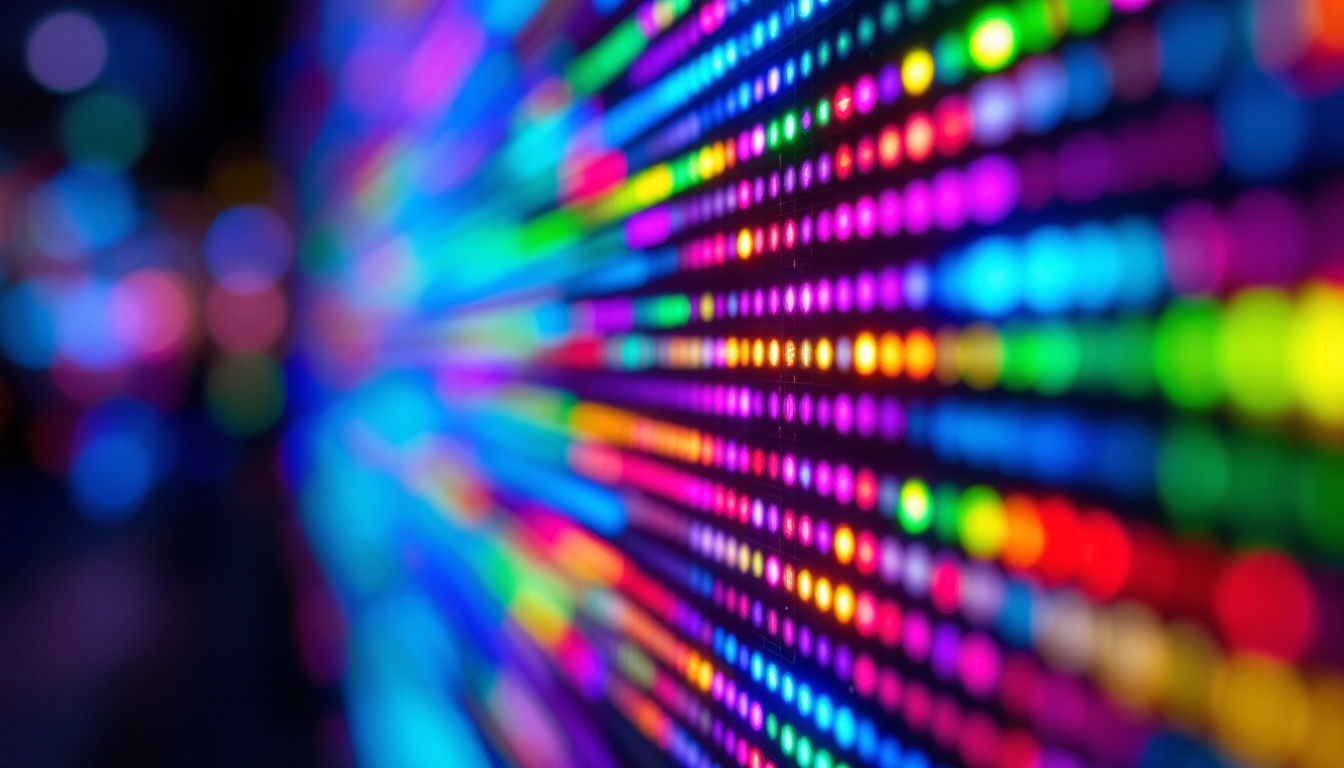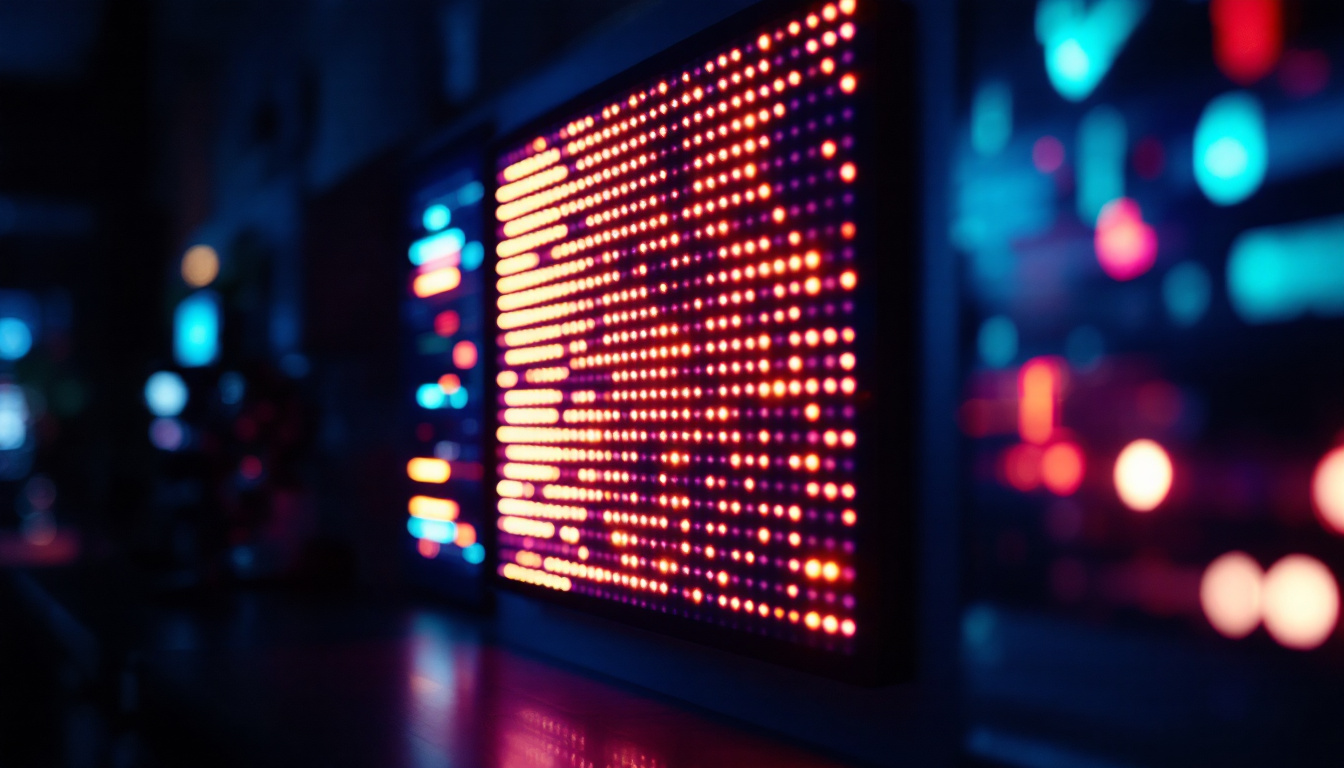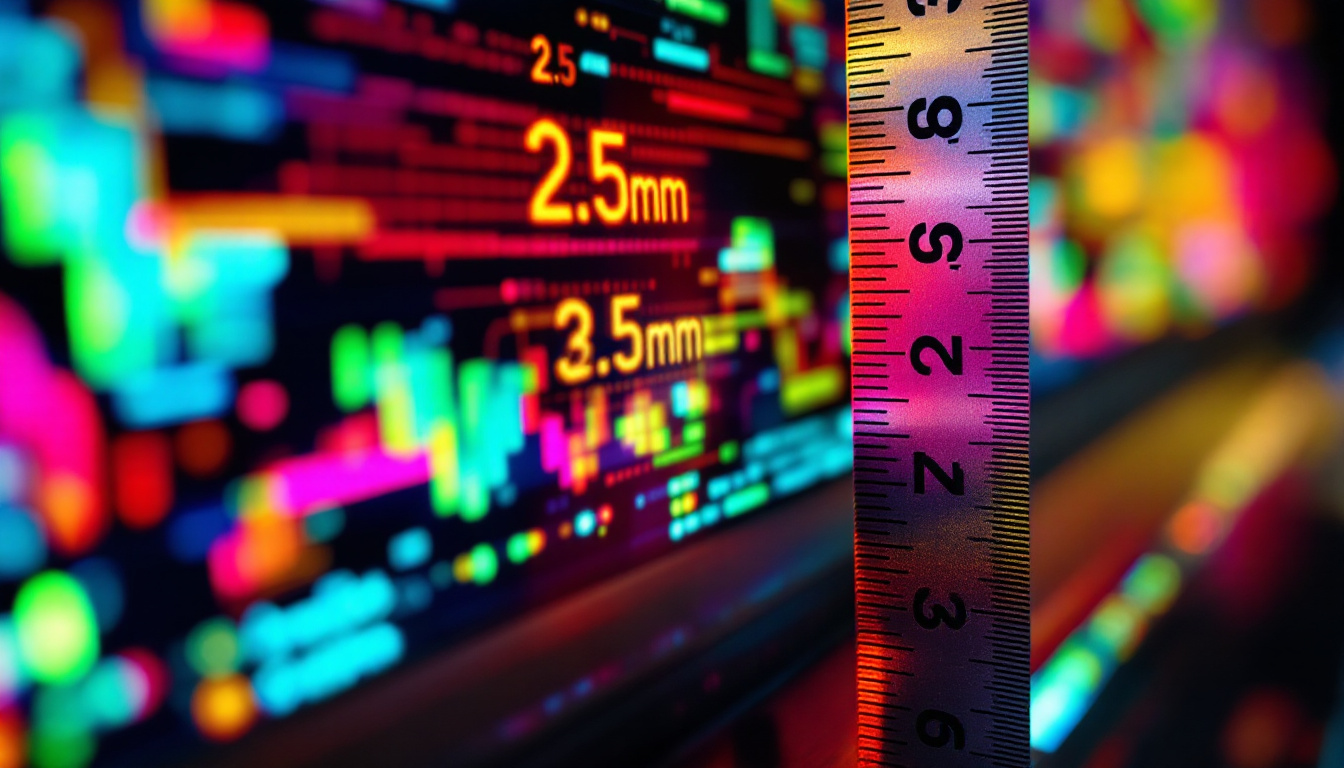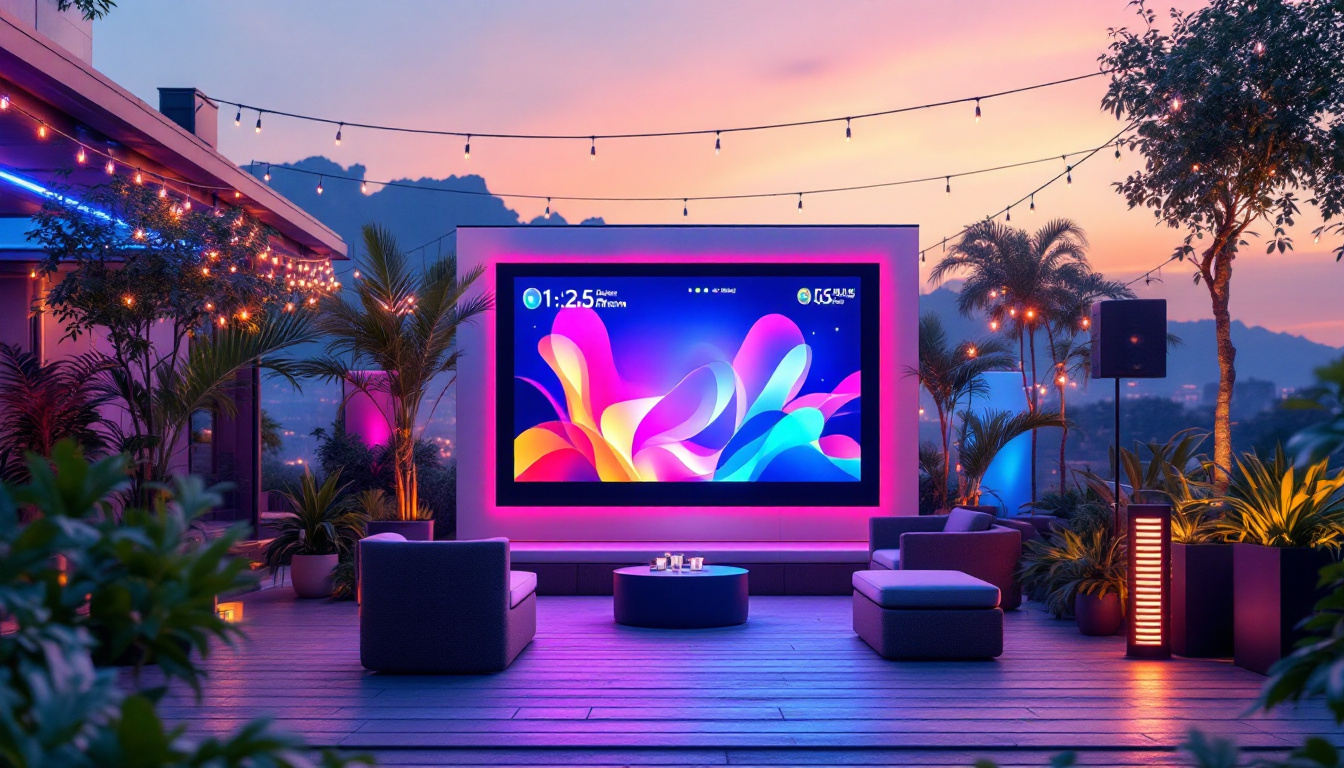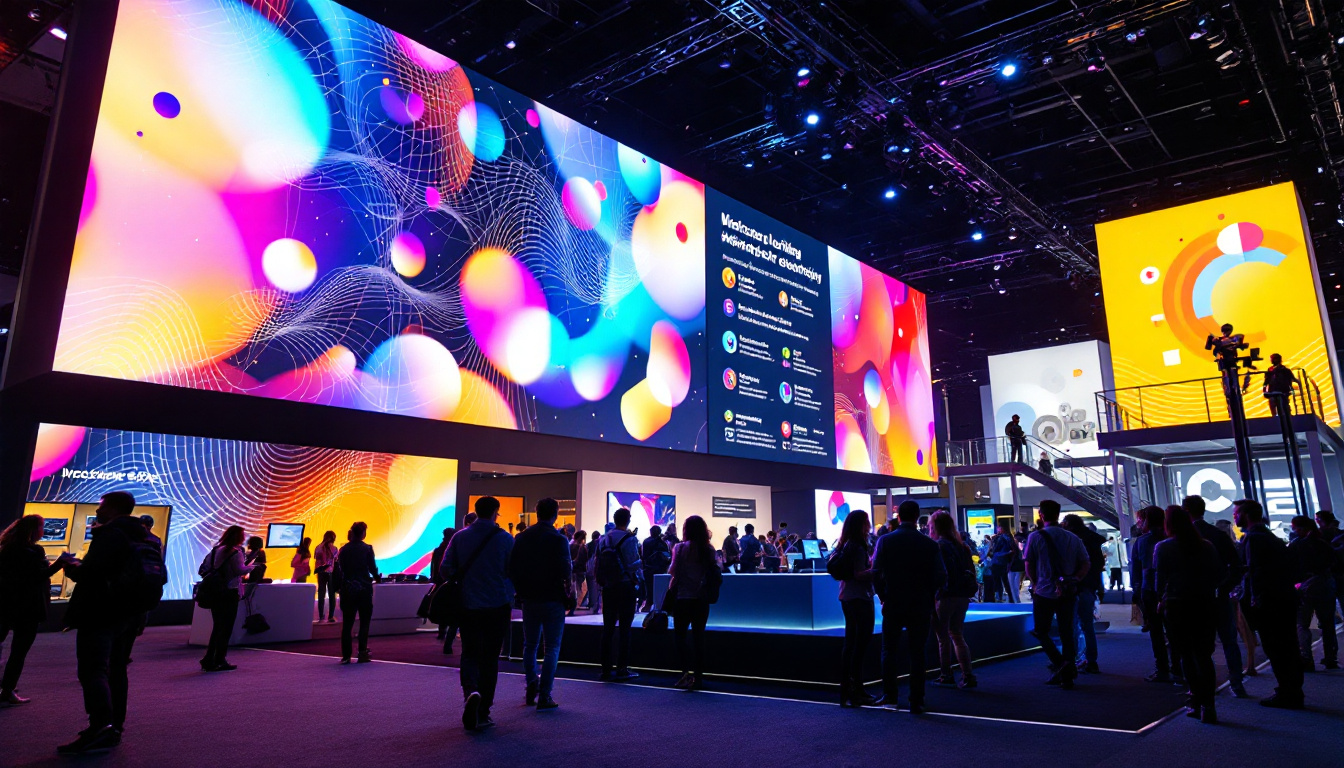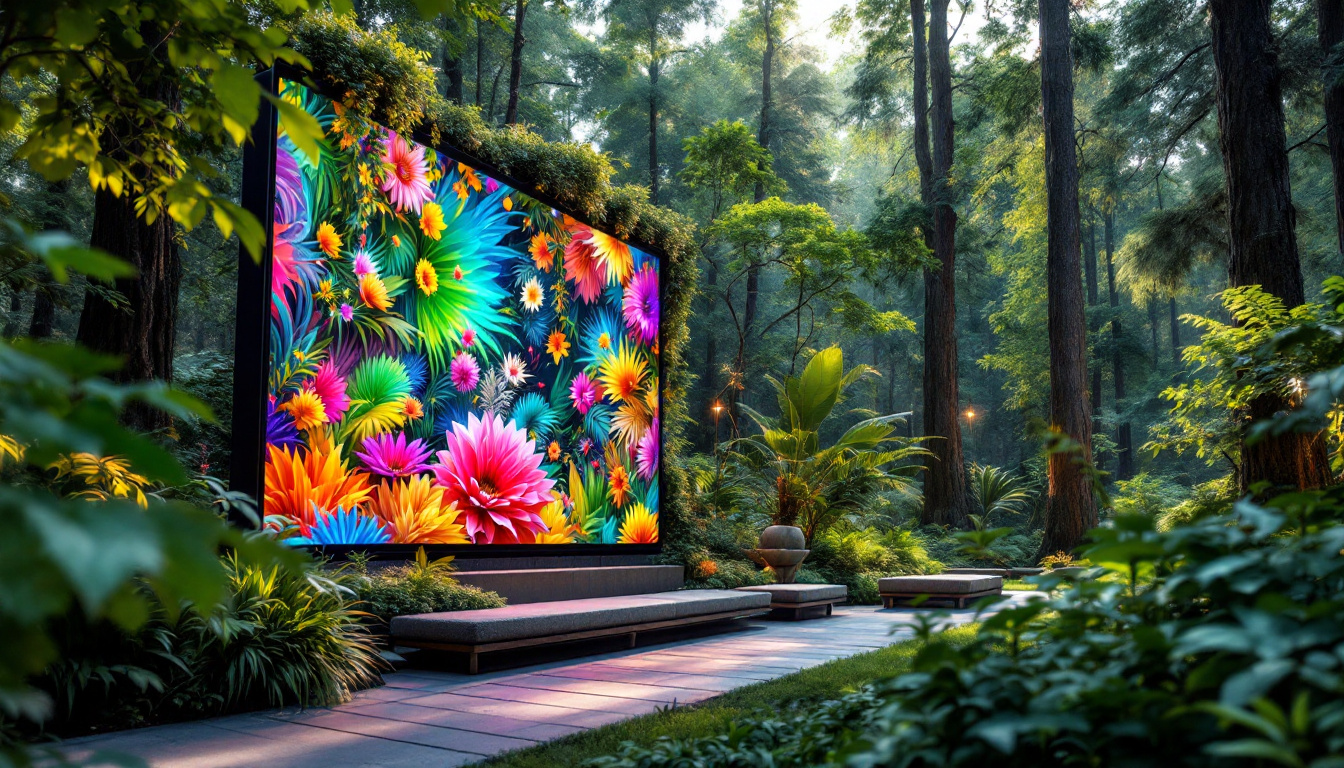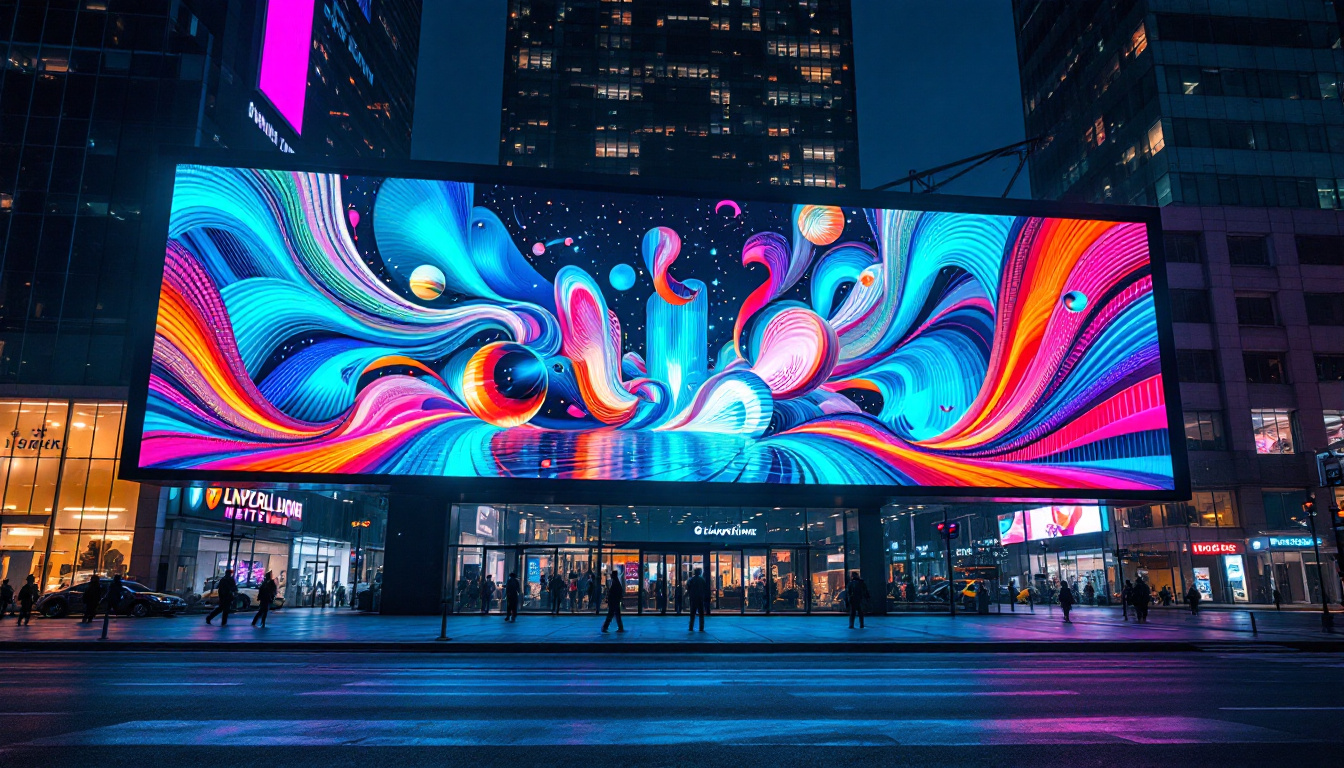In today’s fast-paced world, effective communication is more critical than ever. Businesses, organizations, and institutions are increasingly turning to digital signage as a means to convey messages, promote products, and engage audiences. Among the various technologies available, LED displays stand out for their vibrant visuals and versatility. This article delves into the realm of screen digital signage, specifically focusing on LED displays, their benefits, applications, and future trends.
Understanding LED Displays
LED, or Light Emitting Diode, displays utilize semiconductor technology to produce light. Unlike traditional display technologies, such as LCD or projection, LED displays offer superior brightness, contrast, and energy efficiency. These displays can be found in various forms, from large outdoor billboards to smaller indoor screens. Their versatility and adaptability make them a popular choice for a wide range of applications, from advertising to entertainment and even in architectural designs.
In recent years, the demand for LED displays has surged, driven by advancements in technology and a growing preference for dynamic visual communication. As a result, manufacturers are continually innovating, leading to the development of flexible LED screens that can be curved or shaped to fit unique spaces. This evolution not only enhances aesthetic appeal but also allows for creative installations that were previously unimaginable.
How LED Displays Work
At the core of an LED display are tiny diodes that emit light when an electric current passes through them. These diodes can be arranged in various configurations to create different sizes and resolutions of screens. The primary types of LED displays include:
- Direct View LED (DVLED): These displays consist of individual LED modules that are directly visible to the viewer, making them ideal for large-scale applications.
- LED Backlit LCD: This technology uses LEDs to illuminate an LCD screen, enhancing brightness and color accuracy.
- Organic LED (OLED): OLED displays use organic compounds to emit light, providing exceptional color and contrast but at a higher cost.
Each type of LED display has its own unique characteristics and applications. For instance, DVLED displays are commonly used in stadiums and concert venues due to their ability to deliver vibrant visuals even from a distance. In contrast, OLED technology is often favored for high-end televisions and smartphones because of its ability to produce deep blacks and a wider color gamut. Understanding these differences is crucial for selecting the right display technology for specific needs.
Benefits of LED Displays
LED displays offer numerous advantages over traditional signage methods. Some of the most notable benefits include:
- High Visibility: LED displays are incredibly bright, making them easily viewable in various lighting conditions, including direct sunlight.
- Energy Efficiency: Compared to other display technologies, LED displays consume significantly less power, resulting in lower operational costs.
- Longevity: LED technology has a long lifespan, often exceeding 100,000 hours, which reduces the need for frequent replacements.
In addition to these benefits, LED displays are also known for their ability to display dynamic content, which can be updated in real-time. This feature is particularly advantageous for businesses looking to promote time-sensitive offers or events. Furthermore, the modular nature of many LED systems allows for easy repairs and upgrades, ensuring that the display remains cutting-edge without the need for complete replacement. As technology continues to evolve, the capabilities of LED displays are expected to expand even further, opening new avenues for creativity and engagement in visual communication.
Applications of LED Digital Signage
The versatility of LED displays allows them to be used in a wide range of applications across various industries. From retail to transportation, the potential uses are virtually limitless.
Retail and Advertising
In the retail sector, LED displays serve as powerful marketing tools. They can showcase promotions, highlight products, and create engaging visual experiences that attract customers. Digital signage in stores can be easily updated to reflect changing inventory or seasonal sales, ensuring that the content remains relevant and appealing. Furthermore, the dynamic nature of LED displays allows for creative content strategies, such as interactive advertisements that encourage customer participation. Retailers can also utilize data analytics to tailor their messaging based on customer behavior, optimizing the effectiveness of their campaigns and driving sales.
Transportation and Wayfinding
Airports, train stations, and bus terminals utilize LED displays for real-time information dissemination. Flight schedules, arrival and departure times, and wayfinding information are all crucial for smooth operations. The clarity and brightness of LED displays ensure that travelers can easily read important information, even from a distance. Additionally, these displays can be programmed to provide multilingual support, catering to a diverse range of passengers and enhancing the overall travel experience. Emergency alerts and safety information can also be communicated effectively through LED signage, ensuring that travelers remain informed and safe during their journeys.
Corporate and Educational Environments
In corporate settings, LED displays are often used for presentations, internal communications, and event promotions. They can enhance the visual appeal of meetings and conferences, making information more accessible and engaging. Similarly, educational institutions leverage LED signage to communicate schedules, announcements, and events to students and staff. Beyond just announcements, schools and universities can use LED displays to showcase student achievements, upcoming events, and even live feeds from sports games or performances, fostering a sense of community and school spirit. In corporate environments, these displays can also serve as digital bulletin boards, allowing employees to stay updated on company news and initiatives, thus promoting a more informed and connected workplace culture.
Choosing the Right LED Display
Selecting the appropriate LED display for a specific application requires careful consideration of several factors. Understanding these factors can help ensure that the investment yields the desired results.
Resolution and Pixel Pitch
The resolution of an LED display is determined by its pixel pitch, which refers to the distance between the centers of adjacent pixels. A smaller pixel pitch results in higher resolution and better image quality, making it suitable for close viewing distances. Conversely, larger pixel pitches are more appropriate for outdoor applications where viewers are typically farther away. Additionally, when selecting the pixel pitch, it’s crucial to consider the intended viewing distance; for instance, a pixel pitch of 2.5mm is ideal for indoor environments where viewers are within 10 feet, while a pitch of 10mm or more may be suitable for large outdoor billboards viewed from several hundred feet away. This understanding can significantly enhance the visual impact of the display.
Brightness and Contrast
Brightness is another critical factor to consider, especially for outdoor displays. Measured in nits, higher brightness levels ensure that content remains visible even in bright sunlight. Contrast ratio, which measures the difference between the brightest and darkest parts of an image, also plays a significant role in image quality. A higher contrast ratio enhances the overall viewing experience. Furthermore, the ability to adjust brightness dynamically based on ambient light conditions can greatly improve energy efficiency and prolong the lifespan of the display. Many modern LED displays come equipped with sensors that automatically calibrate brightness levels, ensuring optimal visibility throughout the day and night.
Durability and Weather Resistance
For outdoor applications, it is essential to choose LED displays that are designed to withstand harsh weather conditions. Look for displays with an IP rating that indicates their level of protection against dust and moisture. Additionally, consider the display’s construction materials to ensure longevity and resilience. High-quality LED displays often feature robust enclosures made from aluminum or steel, which not only protect against physical damage but also help dissipate heat, thereby enhancing performance. Moreover, features like anti-glare coatings and UV-resistant materials can further extend the display’s life and maintain vibrant colors, ensuring that your investment remains visually appealing over time. Regular maintenance and cleaning schedules can also contribute to the longevity of these displays, allowing them to perform at their best in any environment.
Future Trends in LED Digital Signage
The digital signage industry is constantly evolving, with new technologies and trends emerging regularly. As LED technology advances, several key trends are shaping the future of digital signage.
Integration with IoT and AI
The integration of Internet of Things (IoT) technology with LED displays is becoming increasingly common. This allows for real-time data collection and analysis, enabling businesses to tailor content based on audience behavior and preferences. Artificial Intelligence (AI) can also be employed to optimize content delivery, ensuring that the right message reaches the right audience at the right time.
Interactive Displays
Interactive LED displays are gaining popularity, particularly in retail and entertainment sectors. These displays allow users to engage with content through touch or gesture controls, creating immersive experiences. Such interactivity can enhance customer engagement and drive sales, making them a valuable asset for businesses.
Advancements in Display Technology
As technology continues to advance, LED displays are becoming thinner, lighter, and more energy-efficient. Innovations such as microLED and miniLED are paving the way for even higher resolutions and better color accuracy. These advancements will enable more creative applications and designs, further expanding the possibilities of digital signage.
Conclusion
Screen digital signage, particularly through LED displays, has revolutionized the way information is communicated in various sectors. With their vibrant visuals, energy efficiency, and versatility, LED displays are an essential tool for businesses and organizations looking to engage their audiences effectively. As technology continues to evolve, the future of digital signage promises even more exciting possibilities, making it an area worth watching.
Investing in LED digital signage can yield significant returns, enhancing brand visibility and improving customer engagement. As the landscape of communication continues to change, embracing these innovative technologies will be crucial for staying ahead in a competitive market.
Discover Cutting-Edge LED Solutions with LumenMatrix
Ready to elevate your visual communication strategy with the latest in LED display technology? LumenMatrix is at the forefront of innovation, offering a diverse range of LED display solutions tailored to your needs. From Indoor and Outdoor LED Wall Displays to specialized options like Vehicle, Sports, and Floor LED Displays, our products are designed to captivate and engage your audience. Experience the transformative power of Custom, All-in-One, and Transparent LED Displays. Embrace the future of digital signage with LumenMatrix and make a lasting impression. Check out LumenMatrix LED Display Solutions and start your journey towards unparalleled brand visibility today.

